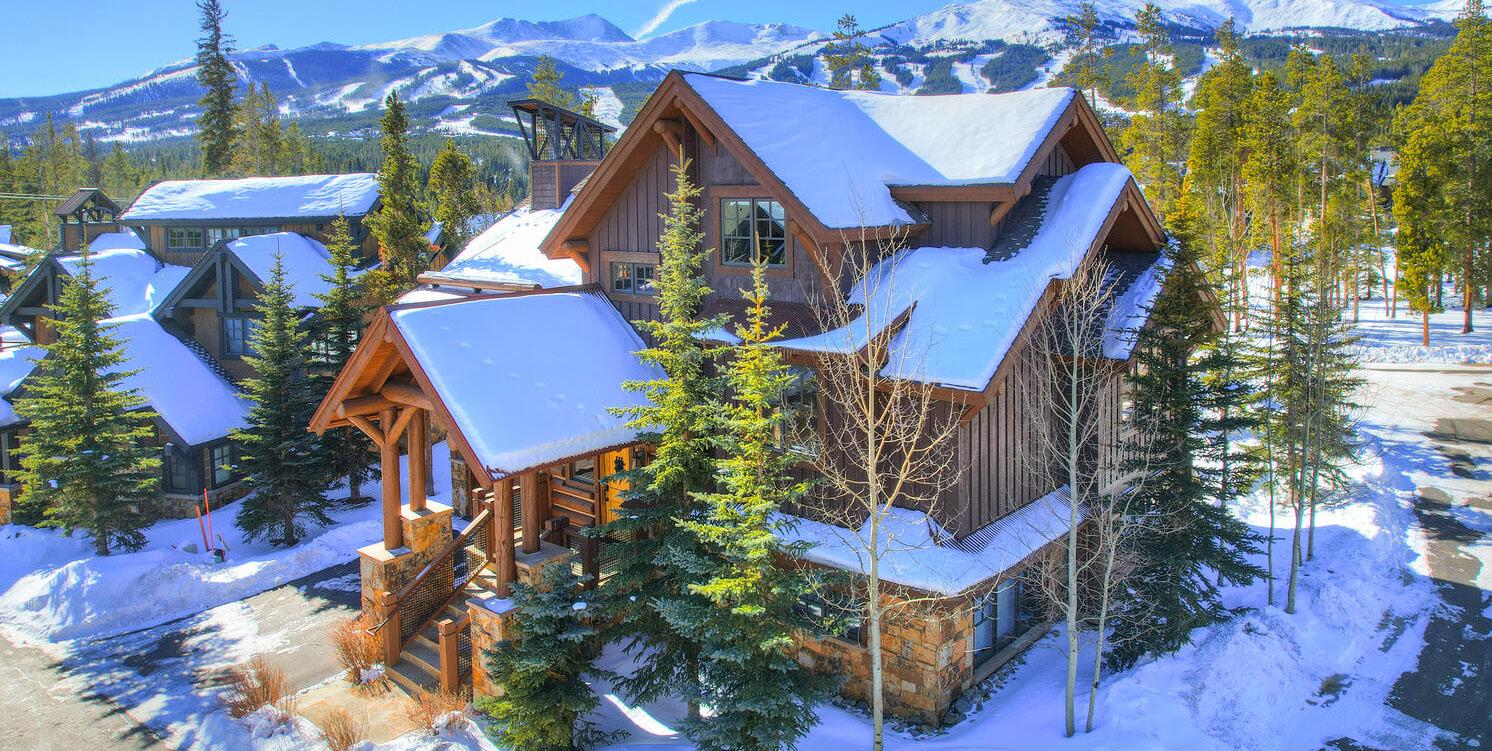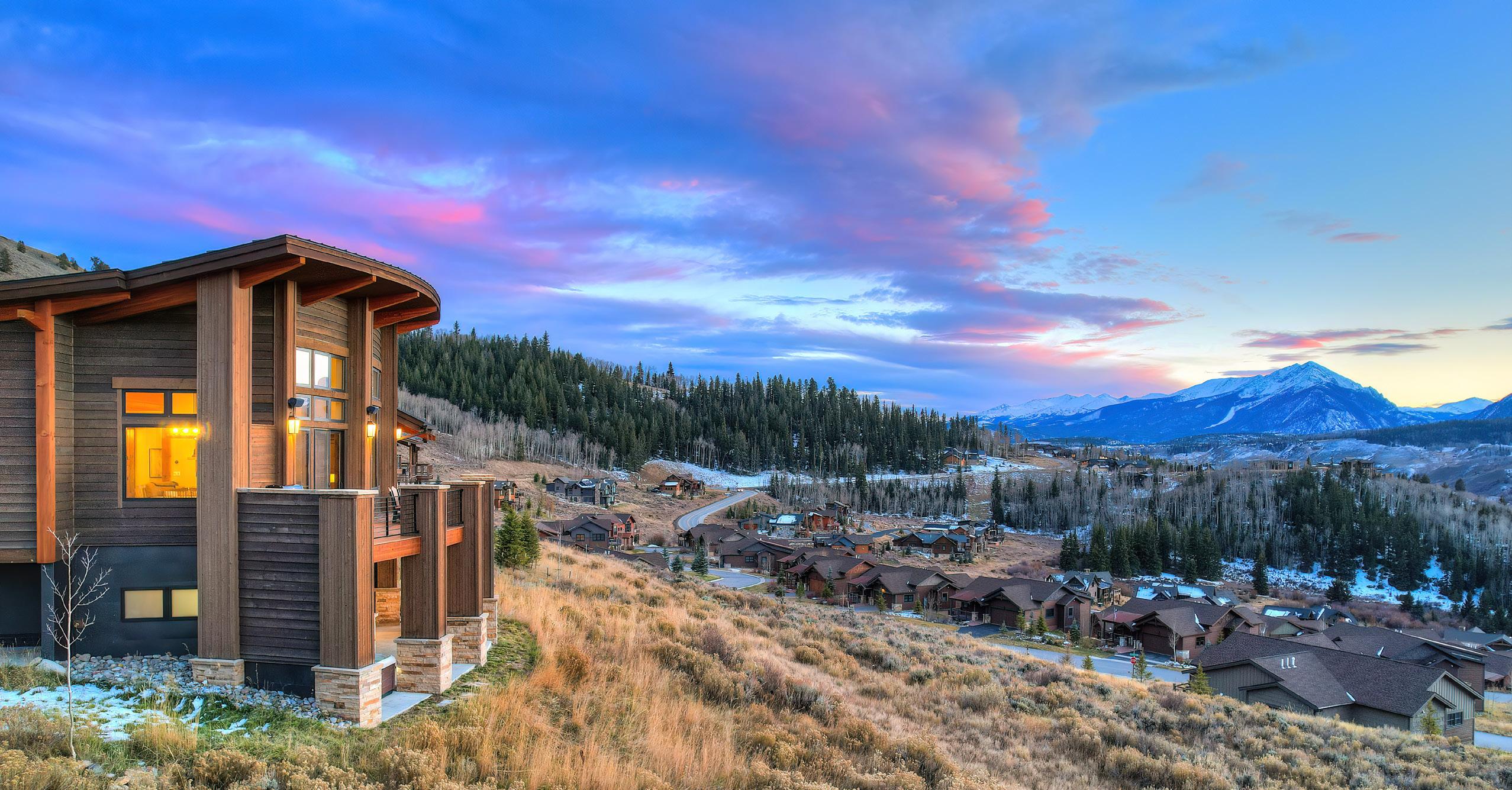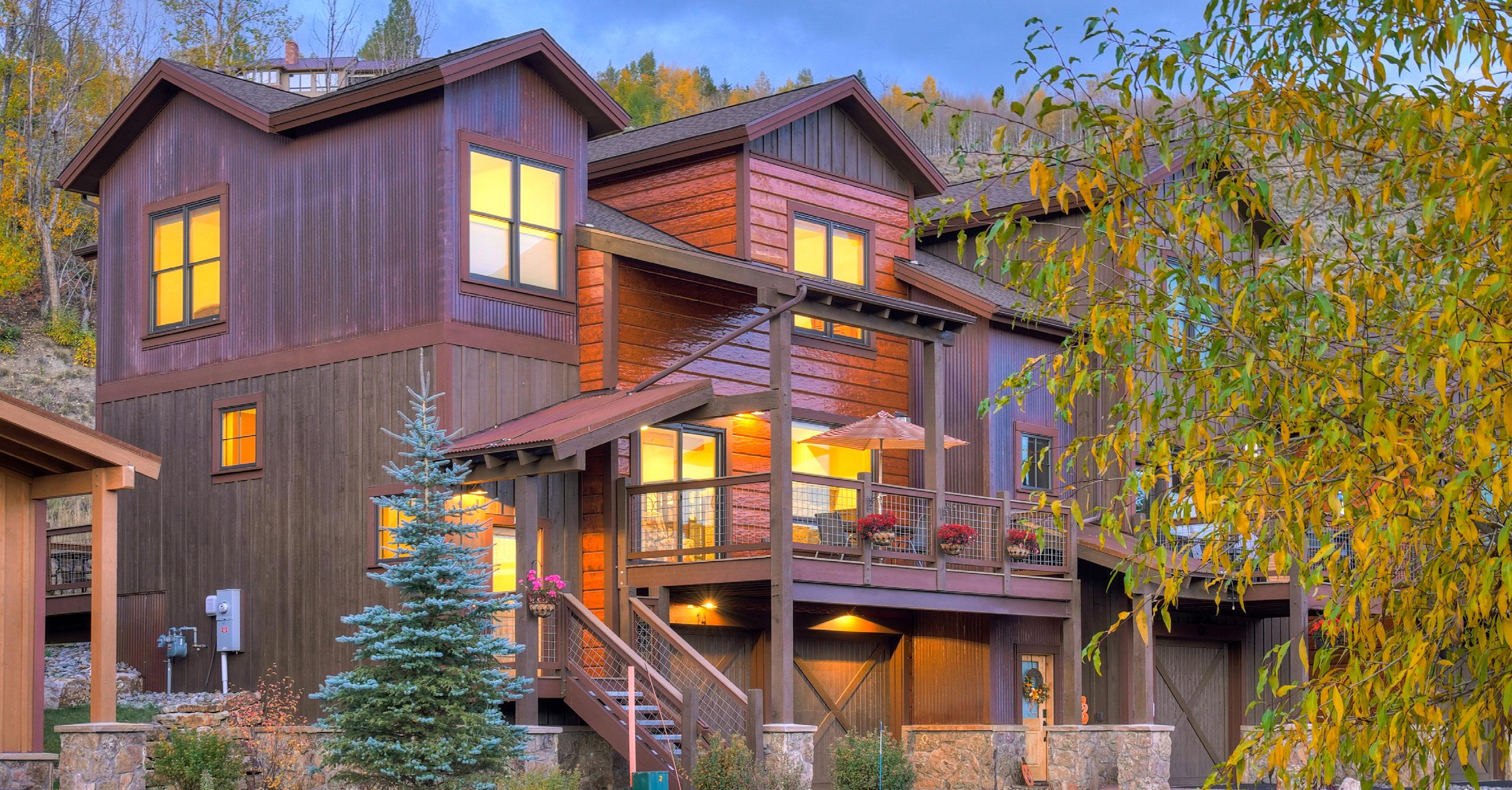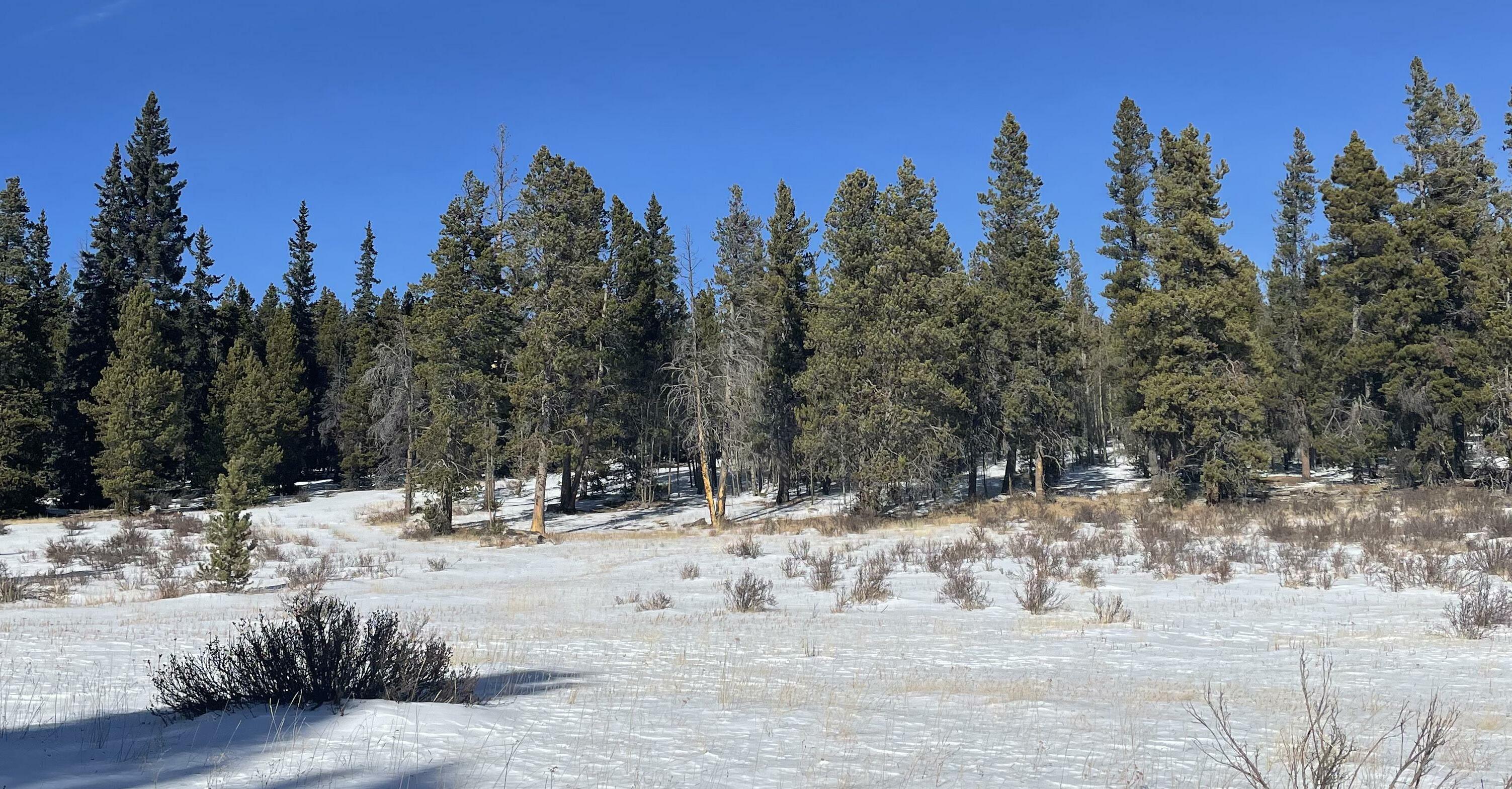Summit Colorado Fourth Quarter 2022 Market Report
 Report Written By: Elliot F. Eisenberg, Ph.D. Source: Matrix Multiple Listing Service
Report Written By: Elliot F. Eisenberg, Ph.D. Source: Matrix Multiple Listing Service

 Report Written By: Elliot F. Eisenberg, Ph.D. Source: Matrix Multiple Listing Service
Report Written By: Elliot F. Eisenberg, Ph.D. Source: Matrix Multiple Listing Service
As we look back on 2022, it would be fair to tap classic literature and say that 2022 was a tale of two economies. In the first half of the year, the economy was somewhat terrible, with negative GDP growth in both quarters, while the last half of the year we saw very strong GDP. 22Q3 growth was about 3.2%, and while we don’t yet know what 22Q4 will look like, early estimates suggest 2.5%-3.0%. However, the important thing to remember is that the economy was not nearly as bad in the first half of the year as the numbers suggested, while similarly the second half of the year was not nearly as strong as the numbers may imply. When taken together, the picture is of an economy that is slowing somewhat, not disastrously, but certainly starting to moderate from the frenetic post-Covid pace. We see this in a number of measures; for example, job creation has steadily declined throughout the entire year, wage growth appears to be slowing and the manufacturing sector is slipping into recessionary territory.
It’s important to remember that this economic slowing is a feature and not a bug of Fed monetary policy. High interest rates are intended to slow inflation by decreasing consumption, and how long the Fed keeps rates at these higher levels will depend on how quickly and how much inflation declines. We’ve already seen some inflationary pressures start to ease. As fuel prices have come down, shipping and trucking costs have declined, and the percentage of household income spent on gasoline has eased. Generally, increases in the cost of goods have slowed, so, for example, new car prices and used car prices are both falling. Consumer electronics prices and availability have stabilized as the chip shortage ebbs, and food prices, with a few exceptions, are generally not rising. Goods prices are expected to contribute to deflation going forward. The larger problem now is services inflation, a majority of both GDP and consumer spending. The shortage of available workers continues to plague the service economy and push the cost of services up; everything from airline tickets to haircuts. To address continuing services inflation, the Fed is likely to increase rates further in the first quarter of 2023, and then keep them at that elevated level through all or most of the year and see how services inflation responds.
Given the current economic trajectory and the fact that interest rates will remain elevated well into 2023, it certainly seems likely that the economy will continue to weaken, the big questions are by how much and how quickly does that happen? Will we see a “soft landing” or a recession, and if we have a recession, will it be a mild one, or one that is relatively deep? While most economists expect a recession in 2023, some are predicting the hoped-for soft landing. That said, the difference between these two alternatives is likely to be small. Those expecting a recession anticipate a mild one, with unemployment rising two to maybe twoand-a-half percentage points and no calendar year 2023 GDP growth. Those forecasting a soft landing see unemployment rising by one percentage point and GDP growing anemically.

“High interest rates are intended to slow inflation by decreasing consumption, and how long the Fed keeps rates at these higher levels will depend on how quickly and how much inflation declines...”
To understand just how much the housing market changed over this past year, consider this: as recently as February 2022, month-over-month home prices appreciated 1.9%, and they rose by 2.1% in March 2022, the two strongest months on record. Then appreciation rates slowed to 1.7% in April, 1.3% in May, and 0.2% in June. Starting in July, prices fell 0.5%, in August they declined 0.9%, and in September they dipped 0.7%. The housing market went from scorching hot to stone cold in six months. We see the slowing in both new home construction and existing home sales. Of course, the overarching cause of the slowing is that thirty-year fixed mortgage rates literally doubled over the course of 2022, from roughly three percent in early 2022 to over six percent in late 2022, with a short period in late October and early November where rates were over seven percent.
The combination of high home prices and high interest rates have shifted many potential buyers from the ownership to the rental market. We’ve also seen slowing in the home improvement/home renovation market as rates on home equity lines of credit increase and home price appreciation slowed or started to decline, and the refinance market has ground to a virtual standstill. The multifamily and rental markets remain fairly strong but are also subject to some slowing as rates continue to rise, and in some areas new apartment construction may be reaching the saturation level. Again, it’s important to remember that this slowing is the goal of tighter Fed monetary policy, not some unintended consequence, and is intentionally designed to slow down inflation by dampening demand.
In terms of existing home prices, the most important story to watch is housing inventory. At the national level, we have a bit more than three months of inventory on the market, which is still well below the commonly accepted healthy level of about five to six months, and that is why prices have stayed at historically high levels. If inventory levels start to rise suddenly, that could be a sign of trouble, but most experts don’t see that as likely,
mainly because of the mortgage “lock-in” phenomenon. The vast majority of homeowners with a mortgage have a fixed-rate mortgage that is well below current market rates, making it highly unlikely that they will sell or upgrade by choice. Moreover, the job market remains surprisingly strong, and most homeowners are flush with equity that they accumulated over the last several years in the skyrocketing housing market, making a wave of foreclosures or forced sales unlikely. Finally, the top-to-bottom redesign of the home mortgage market resulting from Dodd-Frank and regulatory updates culminated in substantially tighter credit underwriting standards. It would now take a 40%-45% decline in home prices to cause damage comparable to the 2006-2009 Housing Bust, and even back then, the average price decline was 28%.
In terms of new home construction, on the single-family side, activity has already slowed significantly in response to higher rates and recession fears. A combination of higher borrowing costs for multifamily developers and declining rents will undoubtedly start to slow apartment and condo construction. In fact, the most recent quarterly survey of apartment market conditions done by the National Multi-Housing Council showed the index has declined from a spectacular 95 to just 20, one of the weakest readings in decades, over a 15-month period.
In summary, in terms of a forecast for the housing market in 2023, I think we will start to see improvement toward the end of 2023 if inflation continues to slow to the point where the Fed can begin signaling a true pivot to lower rates. Home prices may well decline for several more months, but it’s hard to see the declines going much longer and should be relatively shallow, perhaps an additional four to five percentage points.


In terms of existing home prices, the most important story to watch is housing inventory...”

Unemployment in Colorado is 3.5% as of 11/22 after hitting a peak of 11.8% in 05/20 (for comparison, the prepandemic rate was 2.8%). Statewide continuing claims for unemployment hit a high of 265,499 for the week ended 5/16/20 (compared to a pre-pandemic level of 21,956) and are now at 21,211 for the week ended 12/17/22. Essentially, the labor markets are back to where they were pre-Covid. Although we anticipate a mild recession in 2023, bear in mind that Colorado has typically entered the recession later than the rest of the country and exited later, so we may not see recessionary impacts on the Colorado job market as quickly as we see them nationwide.
Statewide, the November 2022 (latest data available) median price of a single-family home of $545,000 was 2.8% higher than November 2021, while the average price of $717,642 was 5.2% higher. In the condo/ townhome market, the median price gained 6.3% to $420,000, while the average price was nearly flat at $556,764. Through November, closed sales across the state are down 41.8% while new listings have declined 25.4%. There are 17,466 active listings statewide at the end of November, a 61.6% increase over November of 2021, and that represents a 1.9 month’s supply of inventory, still well below the national level of 3.3 months. Across the state, the percentage of list price received at sale is 98.1% and days-on-market has increased to 46 days, up from 30 days in November 2021. As the Colorado real estate market continues to cool and inventories rise, buyers are finally seeing some relief as sellers offer price concessions. In terms of overall demographics, Colorado is now seeing very mild population growth, and ranked 19th in 2022 population growth with net in-migration of 29,000. Colorado has slipped from the top tier of in-migration states largely because housing prices are so high, and there are more favorable tax environments in other states. Still, there are no indications of an oversized market correction in the Colorado housing market as it remains highly desirable in terms of lifestyle and job opportunities.

“
As the Colorado real estate market continues to cool and inventories rise, buyers are finally seeing some relief as sellers offer price...”





















































































LIFESTYLE. LUXURY. LEGACY.
323 N. Main Street Breckenridge • 970.344.9002 Info@ChristiesSummitCORE.com • ChristiesRealEstate.com